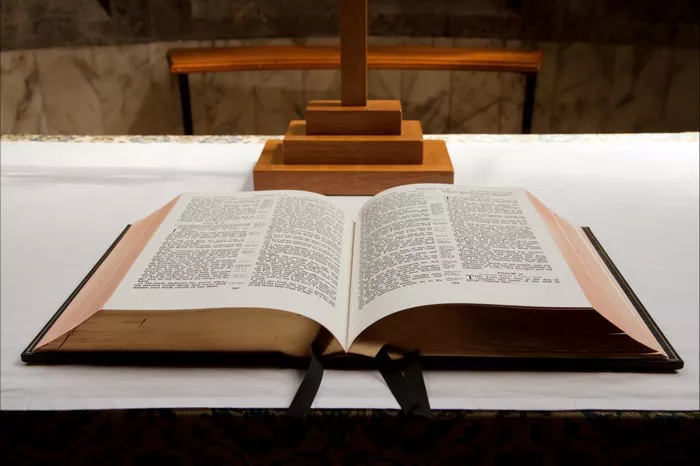The story of Noah and the ark is one of the most well-known narratives in the Bible, captivating readers for centuries with its epic proportions and moral teachings. Central to this story is the construction of the ark, a massive vessel built to withstand a catastrophic flood. Yet, amidst the grandeur of the tale, a question lingers: when did Noah build the ark?
To delve into this question, we must first turn to the source itself—the Book of Genesis. Genesis provides the primary account of Noah and the ark, offering crucial details about the timeline of events. However, interpreting these details requires careful consideration of historical context, textual clues, and scholarly insights.
Understanding the Chronology
Genesis 6:14-22 outlines God‘s instructions to Noah regarding the construction of the ark, including its dimensions, materials, and purpose. The passage depicts Noah as a righteous man chosen by God to preserve life amidst an impending deluge brought on by humanity’s wickedness.
Verse 14 provides a pivotal piece of information, stating, “Make yourself an ark of gopher wood.” This directive marks the beginning of Noah’s monumental task. Scholars often analyze this verse alongside subsequent passages to discern the timeline of the ark’s construction.
Calculating the Timeline
One method of determining the timeline involves examining the ages of individuals mentioned in the narrative. Genesis 5 provides a genealogy from Adam to Noah, listing the ages of each patriarch at the time of their son’s birth and their total lifespan. By tracing these ages, scholars attempt to pinpoint the timeframe of Noah’s life relative to other significant events.
According to Genesis 5:32, Noah was 500 years old when he fathered Shem, Ham, and Japheth. Genesis 7:6 further states that Noah was 600 years old when the floodwaters came upon the earth. This implies that the construction of the ark occurred sometime within Noah’s 100th year.
Historical and Archaeological Perspectives
Beyond textual analysis, historical and archaeological evidence offers insights into ancient construction practices and environmental conditions. Scholars study archaeological remains, ancient texts, and cultural artifacts to reconstruct the world of Noah’s time and assess the feasibility of building such a colossal structure.
Some researchers propose that the story of Noah’s ark may be rooted in real events, albeit embellished over time. They point to flood myths found in various cultures worldwide as evidence of catastrophic deluges that shaped collective memory. Additionally, investigations into ancient shipbuilding techniques shed light on the plausibility of constructing an ark capable of housing numerous animals and surviving a global flood.
Interpretive Challenges
Despite scholarly efforts, interpreting the timeline of Noah’s ark remains a subject of debate and speculation. The ambiguity of certain details in the biblical narrative leaves room for diverse interpretations, leading to differing conclusions among scholars and theologians.
One interpretive challenge concerns the precise meaning of biblical terms and measurements. For instance, the dimensions of the ark are described in cubits, an ancient unit of measurement whose exact length is uncertain. Additionally, questions arise regarding the intended purpose of the ark—whether it served as a literal vessel for animal preservation or as a symbolic representation of divine judgment and salvation.
Theological Significance
Beyond its historical and chronological dimensions, the story of Noah and the ark holds profound theological significance within Judeo-Christian tradition. It serves as a reminder of God’s sovereignty, justice, and mercy, as well as humanity’s moral responsibility towards creation.
The ark symbolizes both judgment and deliverance, reflecting themes of sin, repentance, and redemption. In Christian theology, Noah’s ark foreshadows the ultimate salvation offered through Jesus Christ, who is portrayed as the “ark of salvation” through whom believers are rescued from spiritual destruction.
Conclusion
In conclusion, the question of when Noah built the ark in the Bible invites us into a journey of exploration, interpretation, and reflection. While scholarly inquiries yield valuable insights into the historical and theological dimensions of the narrative, they also underscore the mystery and complexity of ancient texts.
Ultimately, the story of Noah and the ark transcends mere historical curiosity, inviting readers to contemplate themes of faith, obedience, and divine providence. Whether viewed as a literal account of ancient history or as a symbolic allegory of spiritual truth, the narrative continues to inspire contemplation and reverence across cultures and generations.


